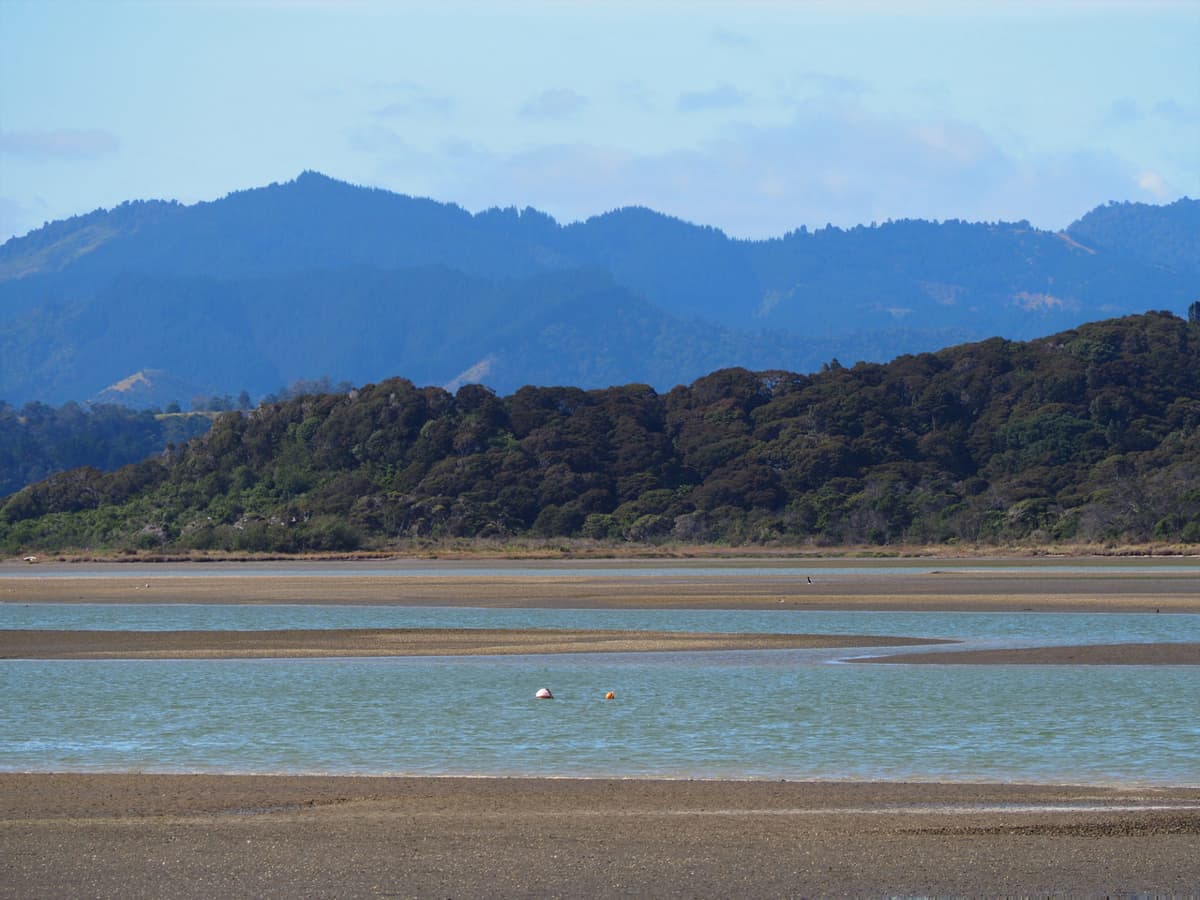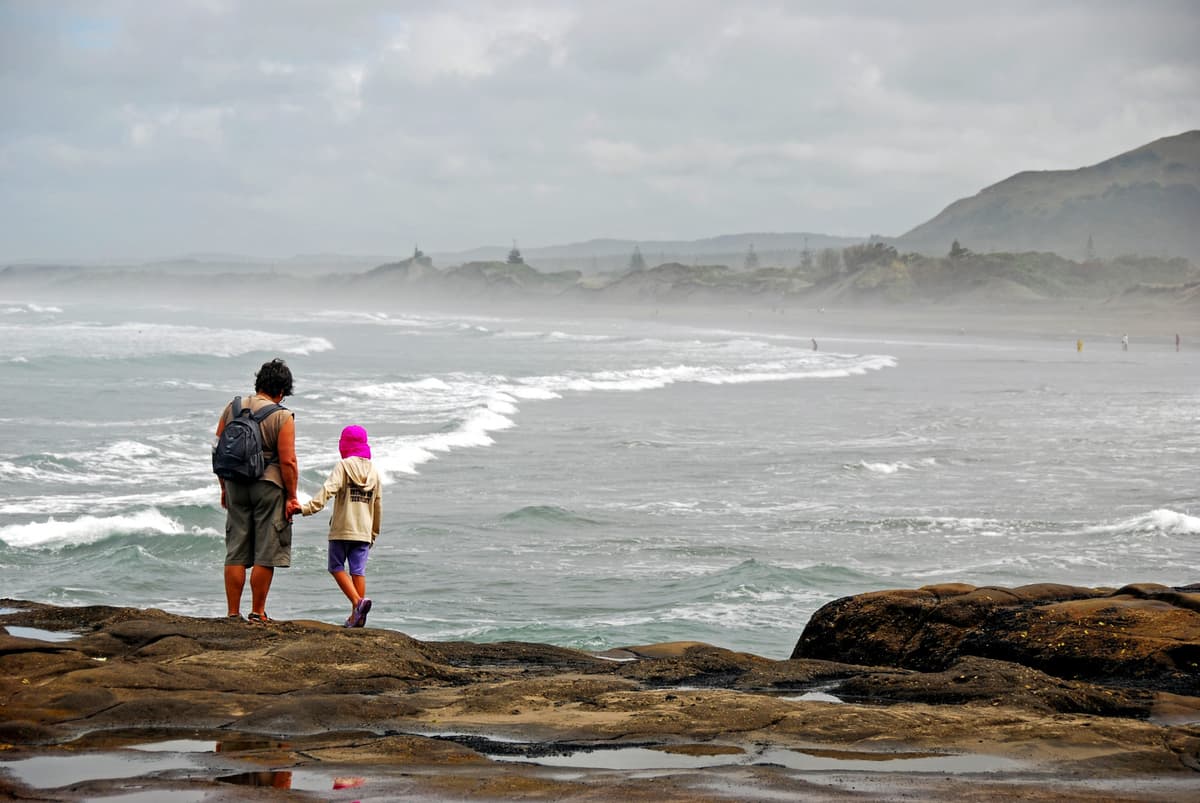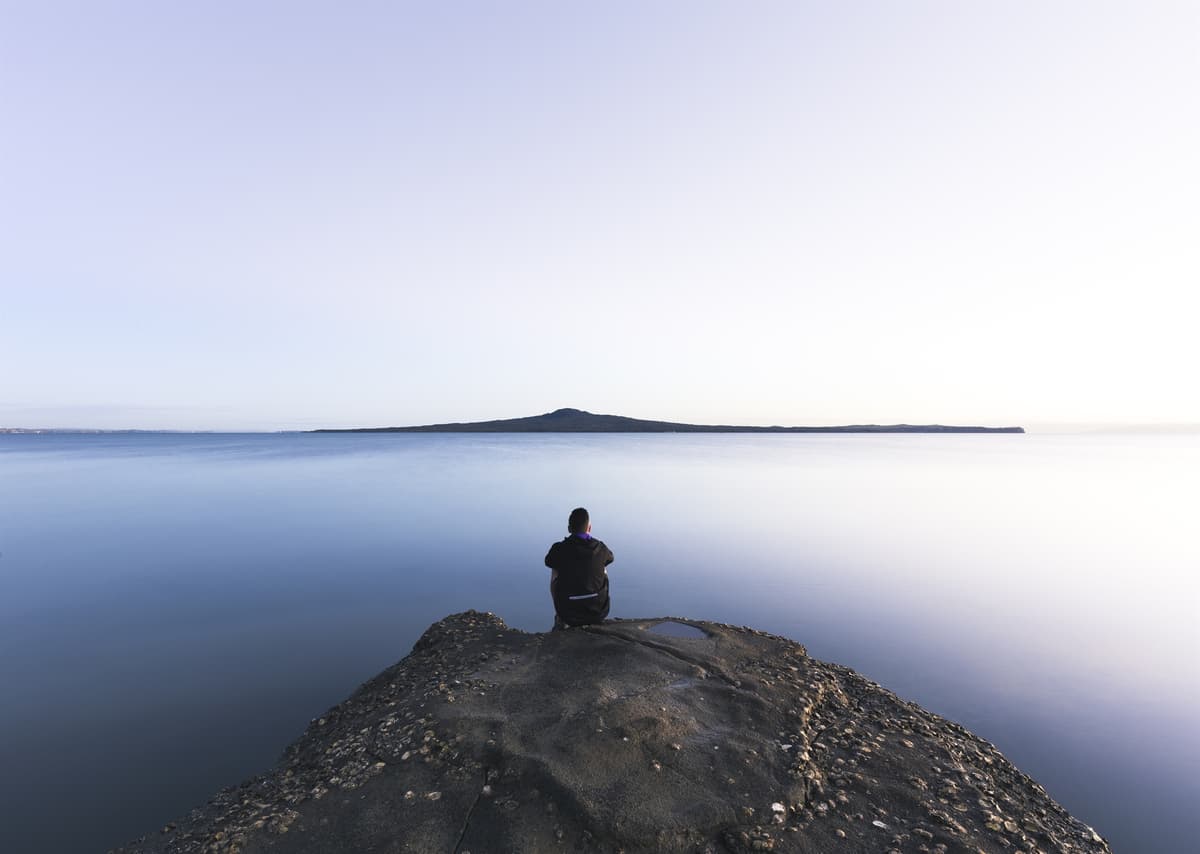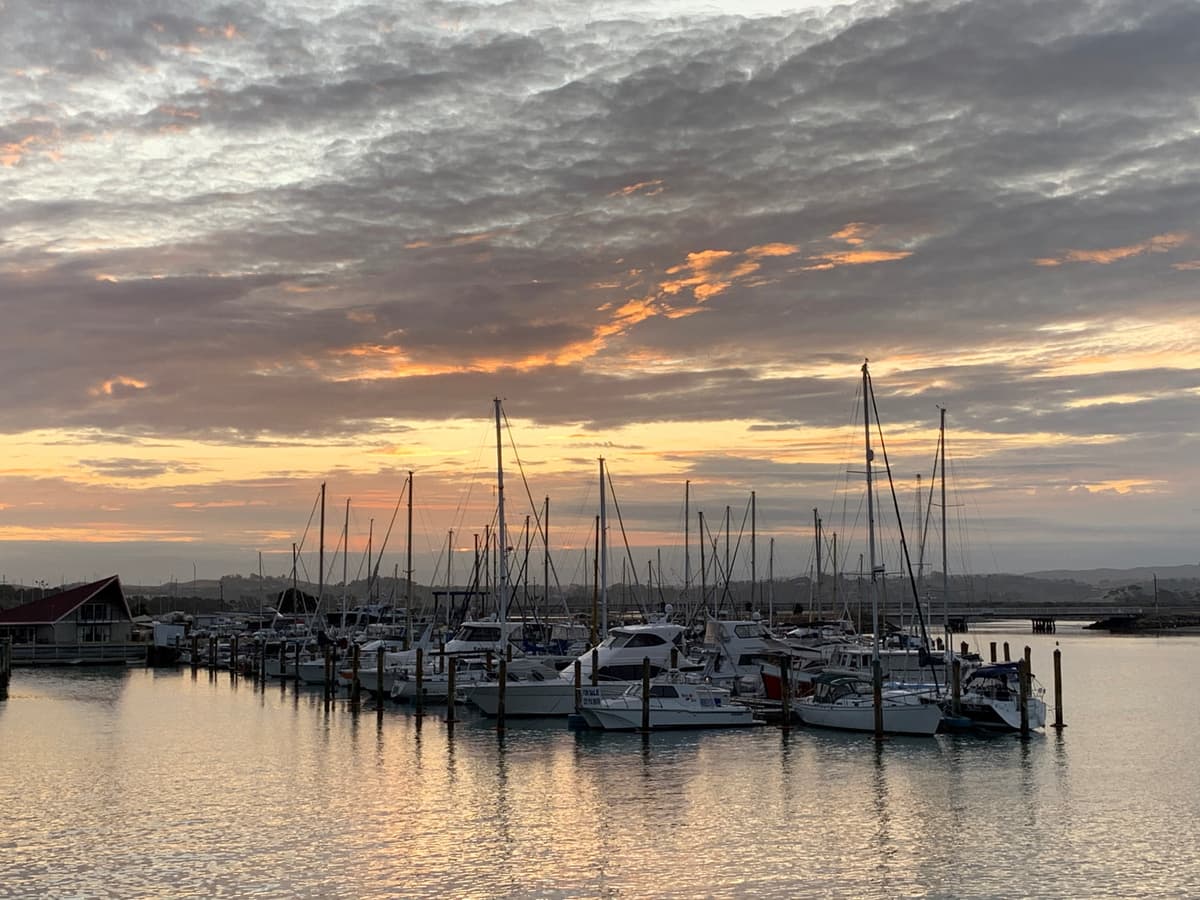Developing a seaweed sector framework for Aotearoa New Zealand.
| Project Leader | Duration | Budget |
|---|---|---|
| Serean Adams (Cawthron) | November 2020 – September 2022 | $560,000 |
This project is complete and the Seaweed Sector Framework is now available. Other tools and resources are available at the bottom of this page.
Seaweed has huge potential to contribute to Aotearoa New Zealand’s blue economy.
In 2018, the global seaweed sector was valued at more than $13 billion USD, and grew 8% from 2016 to 2018 (fao.org). Global seaweed production has more than doubled in the last 20 years, exceeding natural supply - now more than 30% of global aquaculture production volume is seaweed.
Successful seaweed sectors overseas have hatcheries, large- and small-scale farming operations, processing capability and established seaweed-based products that supply markets. These are assisted by on-going research and development, and workforce support.
Here in Aotearoa New Zealand, we have a fledgling but highly dynamic seaweed sector operating at small scales, but many gaps and barriers exist, limiting the potential growth.
With the right framework grounded in ecosystem-based management (EBM) principles, a thriving seaweed sector could be possible in Aotearoa New Zealand.
We are working with the iwi, stakeholders, industry, researchers, and government agencies that currently or plan to operate in the sector - either as farmers or as users of seaweed products - and consider the wider community, to co-develop a Seaweed Sector Framework grounded in blue economy and EBM principles.
We:
The Sustainable Seas Challenge defines a ‘blue economy’ as:
Marine activities that generate economic value and contribute positively to ecological, cultural and social well-being.
Serean Adams (Cawthron)
Nigel Bradly (EnviroStrat)
Rob Major (Cawthron)
Marie Magnusson (UoW)
Victoria Jollands (EnviroStrat)
Sandra Cortez (EnviroStrat)
Leo Zamora (Cawthron)
Tom Wheeler (Cawthron)
Emma Newcombe (Cawthron)
Shaun Ogilvie (Cawthron)
Te Rerekohu Tuterangiwhiu (Cawthron)
Dana Clark (Cawthron)
Paul South (Cawthron)
Cam Inskeep (EnviroStrat)
Donato Romanazzi (Cawthron)
Rebecca Lawton (UoW)
Chris Glasson (UoW)
Deanna Clement (Cawthron)
Cam Ingram (Cawthron)
Andy Elliot (Auora, Wakatū)
Webinar: Protect our future - perspectives from the UN Oceans conference
This project has produced or contributed to:




